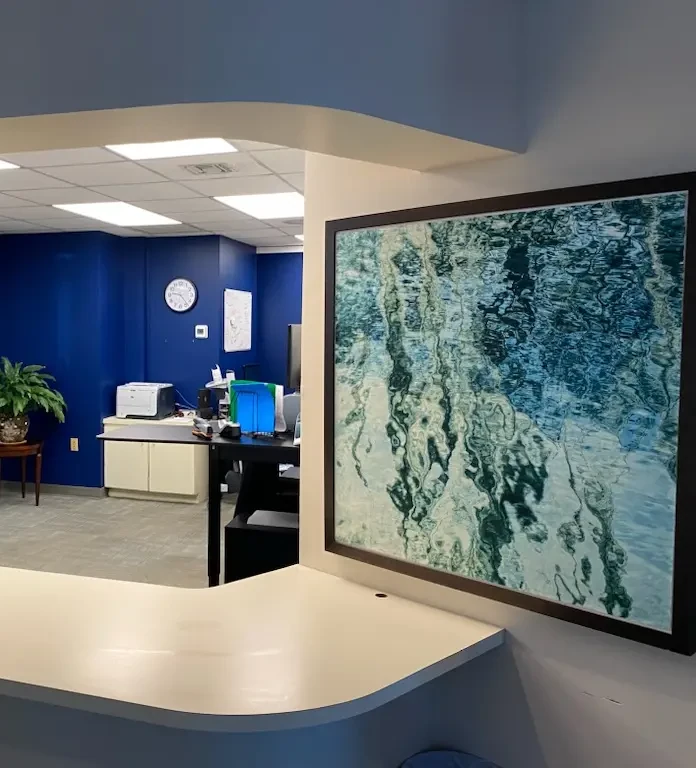Issues Inlays and Onlays Can Address
Inlays and onlays are versatile restorations that can address a range of problems, including:
- Moderate to large cavities/tooth decay
- Cracked, broken, or fractured teeth
- Weakened tooth structure
- Worn-down tooth surfaces due to grinding or erosion
Do I Need a Filling or a Crown?
Dental crowns offer an alternative solution for erosion, decay, or cavities, but with specific conditions. To accommodate a crown, the affected tooth needs to be reshaped to maintain the patient's natural bite. In contrast, inlays and onlays do not require this step. Additionally, crowns are pricier compared to inlays and onlays.
When patients come into our office, we can evaluate their situation and discuss the type of fillings necessary to best treat their condition.
Learn More About the Process of Getting Inlays and Onlays
If you’re suffering from acute pain in a specific tooth, you might have a cavity. We encourage you to visit our office so we can evaluate and determine the best treatment for you. We can discuss the types of fillings and which one would best meet your needs. Call us today to schedule your office visit and learn more about inlays and onlays.
Request an Appointment.webp)




